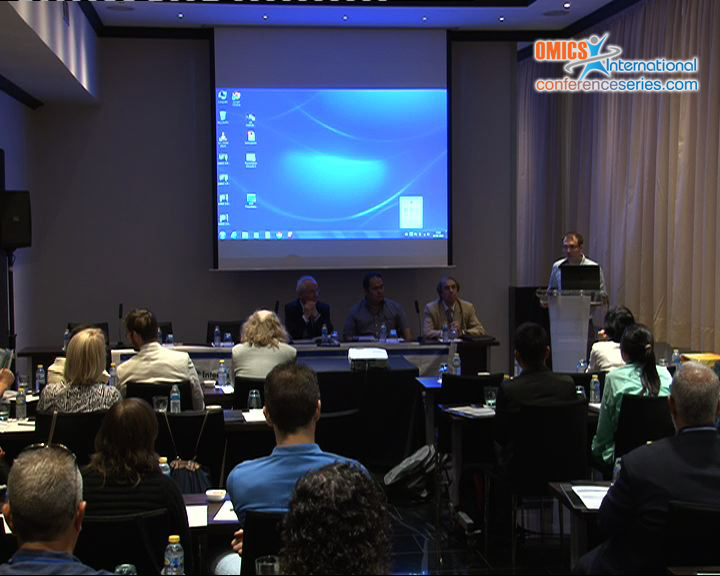
J. Sanchez del RÃo Saez
Rey Juan Carlos University
Spain
Title: Muons detection and the climate change
Biography
Biography: J. Sanchez del RÃo Saez
Abstract
It is evident that the climate is changing and that the temperature of our planet is increasing. On the other hand the use of CFCs (chlorofluorocarbons) and other chemical compounds accelerate the destruction of the ozone molecules in the stratosphere. In this work a method to explain the UV-B radiation and temperature variation on the Earth surface and that is not correlated to a change in the solar but to an ozone layer thickness diminution is proposed. The increase in size of the solar flares and consequently to the cosmic muons detected on the Earth surface can be the reason of an increase of the UV-B radiation emitted by the sun. Firstly the data obtained with an UV-B spectrometer that captures the amount of diffuse and direct UV-B radiation coming from the sun and that goes through the different atmosphere layers is presented. Using statistical methods for several years a deviation of the normality in the UV-B radiation measured in a specific location is probably owed to a change in the amount of stratospheric ozone. Secondly an energy histogram and rate of the muons detected last year with a phoswich array of LaBr3 and LaCl3 scintillators is presented. This new detector is a close-pack of four individual scintillator detectors, each of them made of 4 cm of LaBr3(Ce) and 6 cm of LaCl3(Ce) in phoswich configuration (optically coupled and with a common readout). The higher the muons rate, the more UV-B radiation deposits energy on the Earth surface.




